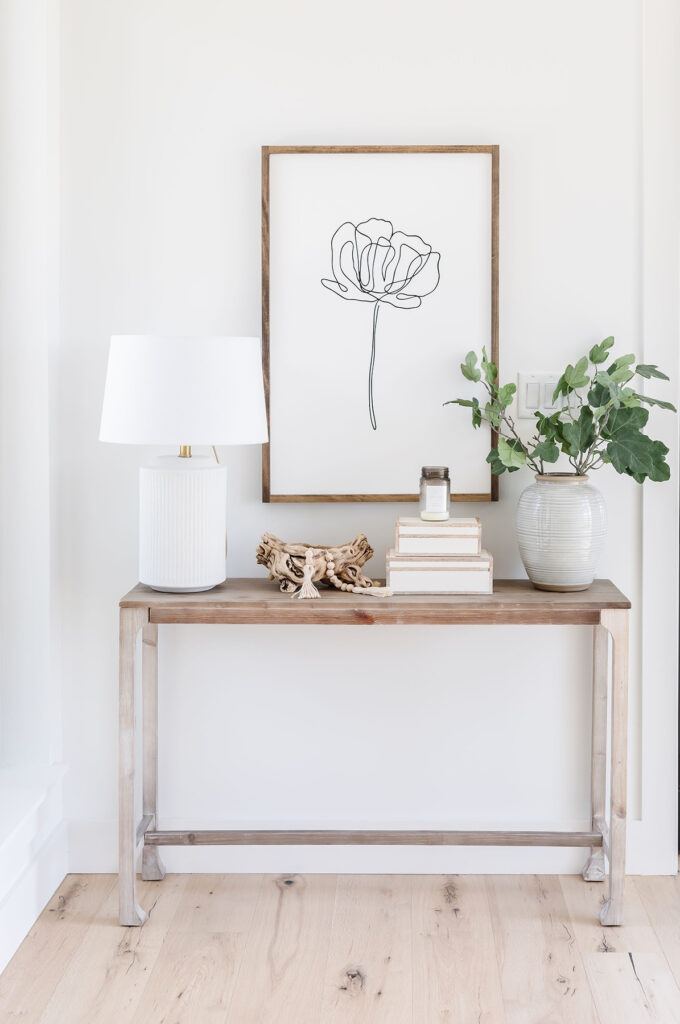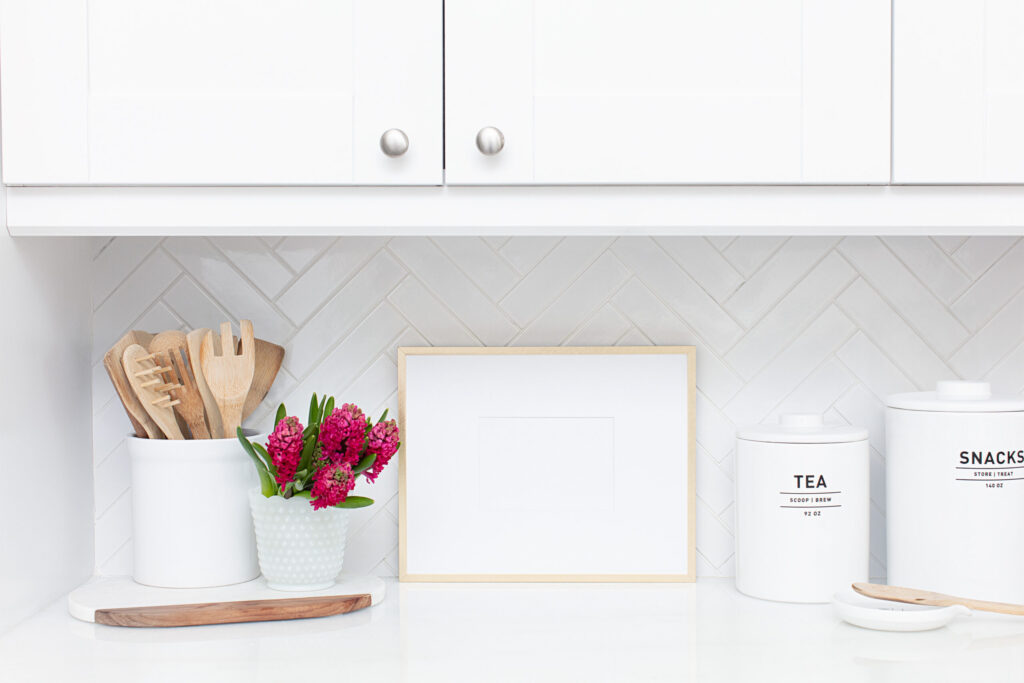“How do they do it??? Those people who can pull a room or grouping together seamlessly, without the struggle, hassles, and frustrations! What do they see that I cannot?“
I’m sure we have all felt this way many times when decorating for the holidays or everyday. We know what we like, but sometimes it just does not seem to come together easily. Many, and I mean many, attempts are often made before we decide ‘It’ll do’ and give up.
Creating a visually pleasing decor grouping and even pulling together a whole room that looks awesome involves much more than just choosing the color scheme, although that is a good place to start. I’ve even read to begin with an inspirational piece. That might lead to a color scheme, but you still have to pull all the pieces together and make them look like they belong. Mixing patterns, textures, complementary pieces, and sizes all come into play when creating the magic of turning a ‘so-so’ decor into the ‘WOW!’ we all want to achieve.
Achieving that extraordinary decor scheme that creates visual interest and displays your personality requires us to pay attention to certain considerations. Ten such considerations include:
Grouping

Odd numbers work best when grouping. Two’s company and three is a crowd does not apply when it comes to home decorating. Three is a good place to start, then increase odd numbers from there if space allows. Many times I will place items in groups of threes and then place the smaller groupings beside each other for larger areas such as shelving.
Pattern Mix
Before diving into mixing patterns, it’s crucial to understand which types of patterns mix. Complementing patterns include: florals with stripes, coastal themes and jungle patterns, chevron with florals, and plaids with paisley. Geometrics seem to work well with everything.
Scale
Assess the scale of items and patterns, small, medium, or large, and then choose patterns or items that complement rather than compete with each other. For home decor items such as vases, candle holders, and faux plants be sure to choose various sizes and dimensions to add interest. Try not to place same sized items next to each other or in groupings. A good rule I follow is to start at one end of the spectrum and increase or decrease by ⅓ the size each time. This is by no means an exact measurement. Just pull together items of three varying heights to create dimension.
For patterns, the first pattern you choose is your strongest statement, so choose what you love and want to work off, then go from there. It is best to start with your larger scaled pattern. Try making the second pattern half the size as the first.
Cohesion
A cohesive color palette is key when blending. Stick to a consistent color scheme. This is where that inspiration piece works. Make sure any patterns you have chosen have at least one, preferably two or more colors in common. This creates a unified feel to your room.
If you are not sure, choose one color that you want, then search for color palettes online that include it. Do not divide rooms by styles when trying to create a cohesive interior decor. Ex: beach theme in one room next to florals and lines in another. Instead repetitions of subtle shades and patterns will pull your design together.

Balance
Adding in neutrals, or solids of a complementary color will help give balance. This also grounds your decor and pulls or ties everything together. It helps to prevent a room from feeling too overwhelming or monotonous. It allows for a dynamic and visually pleasing environment where colors complement each other well.
Bold vs Neutrals

When using bold patterns and colors, combine with softer, more subtle or even neutral tones. You can still have that pop of color that you love. Mostly neutral palettes, blacks, browns, and whites, can be a great backdrop or foundation for your design and lend themselves to a pop of color that may fit your room and personality.
Dimension
Add dimension by mixing smooth and rough textures. This creates more depth and warmth to your overall design. Combining different items into your grouping, like faux plants, beads, votives for candle holders, creates that mixture of textures that create a feeling of a well thought out decor. Layer the textures using differing sizes to enhance depth and visual appeal.

Function

The function of the room will influence your patterns and texture choices. You may wish to create a bold, vibrant mix for a playroom or living room, but a tranquil, subtle combination of blues and grays for bedrooms and bathrooms.
Start Small
Personal Expression
Don’t be afraid to inject your personality into your decor. Mixing patterns and textures is a form of self-expression, so let your creativity shine.
Mastering the art of mixing patterns and textures is about finding the right balance and expressing your unique style. Whether you prefer a bold and eclectic look or a more subdued, sophisticated feel, the key is to be mindful and think it through. Experiment, trust your instincts, and turn your home into a canvas where patterns and textures tell your story. Happy decorating!




